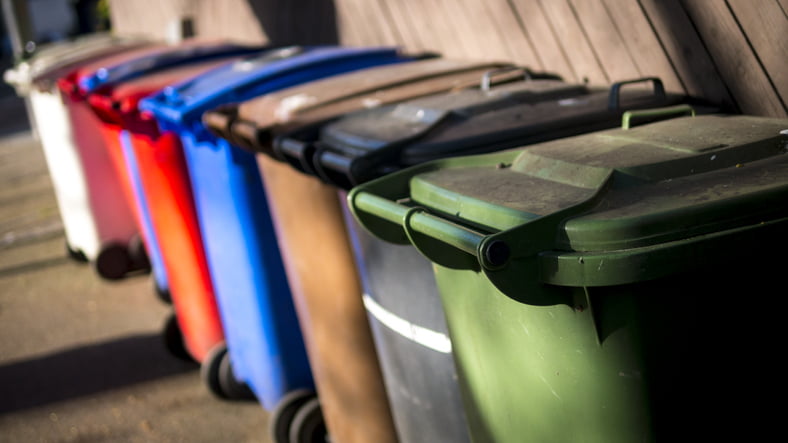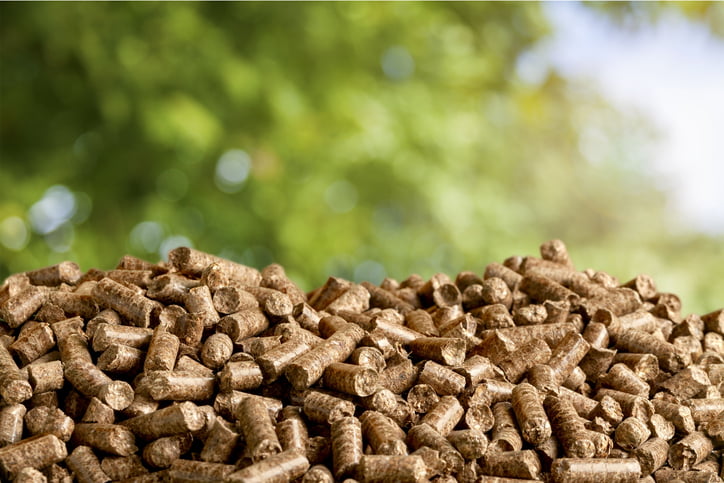We’re all aware of rising fuel prices and the effect fossil fuels like petrol and diesel continue to have on the environment. The mounting pressure to find viable alternatives has led to the development of lots of different energy sources – from biodiesel and ethanol to electricity and hydrogen – but it goes much further than that.
In high-tech labs across the world, scientists are experimenting with all sorts of different fuels which they hope might one day replace petrol and diesel at the pumps. But finding an alternative that performs the same as petrol and diesel whilst being kinder on the environment is no easy task – and many newly-developed test fuels never make it out of the lab.
Here, we’ll be taking a look at eight of the weirder fuels that never saw the light of the day.
1. Used Nappies
You heard it right – some scientists in Canada reckon that dirty nappies could hold the key to sustainable vehicle fuels, and it’s all thanks to a process called pyrolysis. This is when an object is heated in an oxygen-free environment, causing its molecules to break down and create a by-product that’s rich in energy.
Used nappies are considered one of the best candidates for producing fuels through pyrolysis for two reasons: they’re rich in ‘energy’ from babies and need to be disposed of more sustainably. A Quebec-based technology firm is currently testing nappy-powered fuel – we just hope they can solve the issue of the smell before it hits the pumps.
2. Household Waste
Back in 2005, German inventor Dr Christian Koch made headlines for developing technology that could potentially turn household waste into fuel to run our cars. His machine, the KDV 500, can supposedly convert materials like garden waste, paper and even plastic into fuel at a fraction of the price of petrol and diesel, and all while helping to keep waste out of landfill.
Koch’s idea sounds brilliant, and given that some rubbish is already burned to produce electricity, it does seem a viable option on paper. From a logistical point of view, though, there are a few problems to overcome before our rubbish can start powering our engines.
3. Chip Fat
Don’t get us wrong, there’s nothing better than the smell of a good old fish and chip shop, but we’re not sure if we’d want our cars to smell like chip fat. While it’s a known fact that you can convert diesel engines to run on leftover cooking oil, powering cars on chip fat is yet to hit the mainstream – but why?
On paper, running a car on cooking oil does seem like a sensible proposal; it offers about the same MPG as normal diesel whilst being much friendlier to the environment. Why, then, aren’t diesel drivers queuing up to get their cars converted (a simple job in itself)? It all comes down to supply. There just isn’t enough vegetable oil to power all diesel cars, and producing the quantity needed on such an industrial scale would be unsustainable.
4. Coffee
Burning coffee beans to run a car might sound like an unforgivable waste of good coffee, but that hasn’t stopped British inventor, Martin Bacon, from exploring the possibility. Bacon currently holds the Guinness World Record for the fastest coffee-powered car, reaching a speed of 65.6mph on caffeine power alone.
How does coffee fuel work? Bacon’s contraption heats special pellets made from coffee waste on a charcoal fire, which is rigged up to the back of a pick-up truck. As the coffee heats through, hydrogen and carbon monoxide are released – with the hydrogen being fed into the engine to power the car.
There are lots of different reasons why coffee will never make it as a mainstream fuel, but you have to admire the inventor’s creativity.
5. Beer
If you thought Bacon’s misuse of coffee was bad, wait until you hear about this alternative fuel, which relies on the nation’s favourite drink: beer.
Beer contains ethanol, which is already available at some forecourts, and is made from fermenting sugars. Pure ethanol is considered a high-performance fuel (it’s used by the USA’s Indy Car Racing League), and some scientists are lauding it as the fuel of the future because it can be made really easily by almost anyone.
So, why hasn’t ethanol already replaced petrol and diesel at the pumps? It comes down to the wholesale price of sugar, which is just too high to warrant producing ethanol on an industrial scale. We’ll happily stick to having to drink beer then, rather than putting it in our cars.
6. Solar Paint
Solar panels have been around for years now, and they’ve become a more commonplace feature on houses, offices and caravans up and down the country. But what does the future hold for them and how can they help replace fossil fuels on the forecourt?
Engineers at the University of Swansea are working on the next generation of solar energy: solar paint, which, when applied to metal surfaces, works in exactly the same way as solar panels – producing a current which can be captured and turned into electrical energy. In principle, developers believe that if a car was painted in solar paint, it would produce enough power to run an electric motor.
Solar paint is still a way off becoming a reality, but we’d be interested to see if it really can transform the way we fuel our cars in the future.
7. Human Poo
Yep, they went there. In 2015, a bus (aptly named the ‘Bio-Bus’) was launched which runs entirely on sewage, with up to 32,000 households contributing to its biomethane gas fuel supply. The ‘poo bus’ can seat up to 40 passengers and looks, sounds and even smells like any other bus – making it the first vehicle of its kind to run entirely on human waste.
Producing biomethane fuel from human poo is certainly a feasible and sustainable long-term solution – after all, there’s never going to be a shortage. Where things get tricky, though, is developing the hardware and equipment to make biomethane fuel a reality, as well as encouraging people to adopt it. Because, when you think about it, would you really want to put gas derived from human waste in your new car?
8. Sawdust and Wood Pellets
The world’s sawmills produce a huge amount of sawdust every year, most of which just goes to waste. The problem with that is, when wood rots, it produces methane – which is one of the world’s most harmful greenhouse gases. Wouldn’t it be better if the wood waste was put to use, and used to power our cars?
That’s something that Finnish inventor, Juha Sipilä has been working on, and to great success. Sipilä has developed a machine which converts wood pellets into gas, which can be fed into a regular car without the need for conversion or modification. Experimenting on his own car, Sipilä was able to drive for 125 miles on 175lbs of wood chips, achieving a top speed of 87mph.
Wood-powered fuels may be yet to hit the mainstream, but it certainly seems like a sensible avenue to explore – if only to make better use of the world’s harmful wood waste.
At Redex, we’ll always be here to help drivers take care of their engines, regardless of the fuel they run on. Our system cleaners are designed for petrol, diesel and hybrid cars, and guarantee better engine health. For more information, visit our homepage today.







